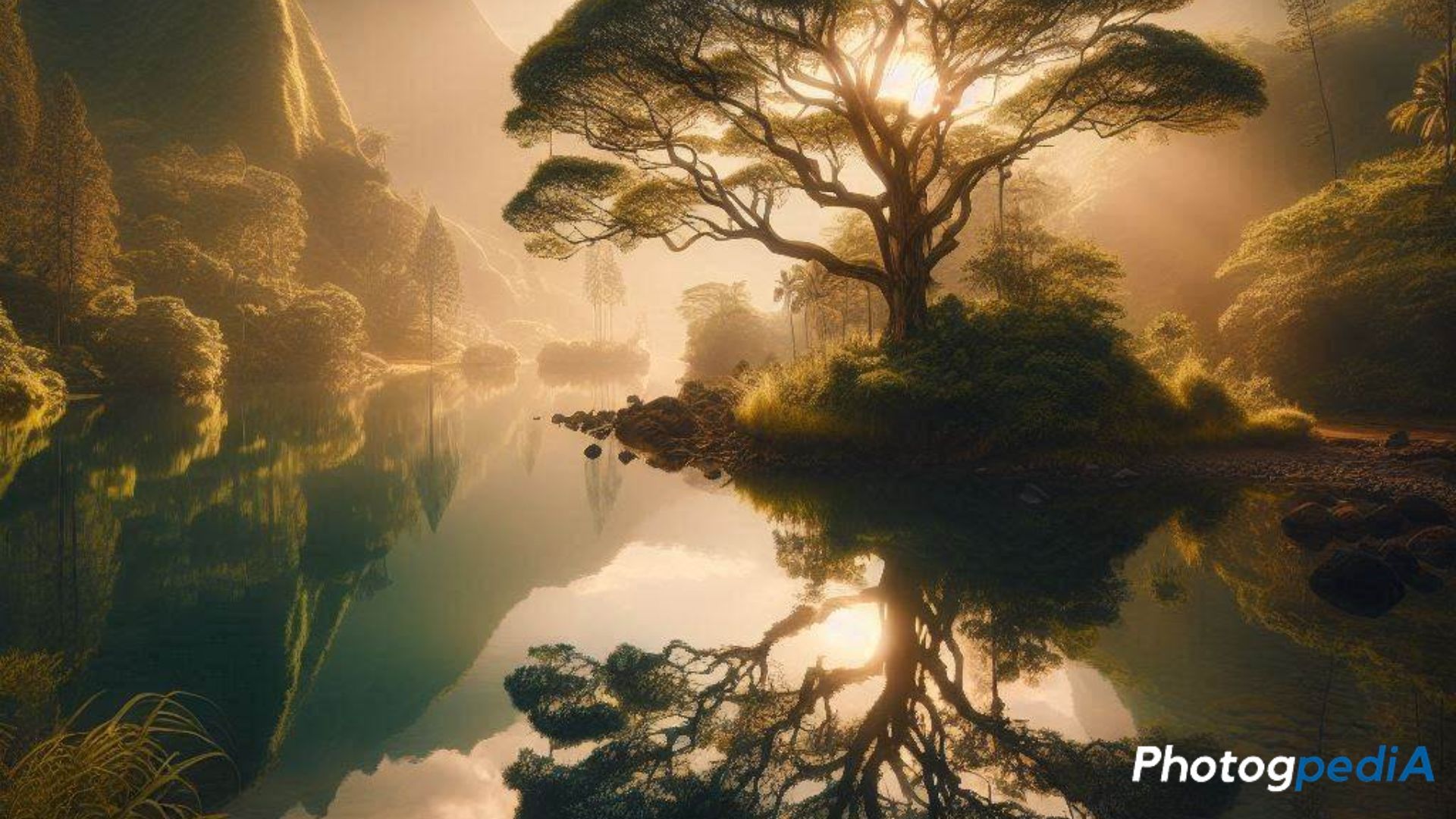As an amateur photographer experimenting with photography ideas with a mirror, I’ve found mirror photography to be one of the most captivating techniques for creating eye-catching images. Recently, while exploring different compositions, I used the lake to reflect a nearby tree canopy in my landscape shots. This simple setup turned an otherwise straightforward image into a layered composition, blending reality with reflection to create a complex and engaging shot.
One of the things I love most about working with mirrors is how they can add depth and mystery to an image. For instance, I took a portrait where I positioned a mirror slightly off-center to capture the subject’s profile and reflection simultaneously. This created a multi-layered effect that transformed a single expression into a storytelling moment, almost as if two versions of the person were in conversation. Using mirrors in photography is incredibly versatile; from moody portraits to abstract reflections in nature, these photography ideas with mirrors have opened up endless possibilities for unique shots that draw viewers in.
Table of Contents
Benefits of Using Mirrors in Photography
In my experience, using mirrors in photography adds a whole new layer of depth to each shot. First of all, mirrors can create a sense of dimension that makes a photo feel almost three-dimensional.
- Creating Depth and Dimension: Mirrors add layers to your photos, making them look richer and more complex.
- Enhancing Storytelling and Adding Mystery: Moreover, mirrors are fantastic for storytelling, particularly when you want to add a bit of mystery. This effect is particularly powerful when aiming to create images that spark curiosity and draw viewers in.
- Multiplying Subjects or Perspectives: By reflecting the subject, you can capture multiple views within a single frame, enhancing composition.
For anyone exploring photography ideas with mirrors, these reflections can truly enhance composition by presenting different viewpoints within a single frame. Therefore, mirrors are not only beneficial for aesthetics; they open up creative possibilities that can transform your photography entirely.
Essential Equipment for Mirror Photography
To put these photography ideas to work, having the right equipment can make all the difference in achieving those polished, intriguing shots. While almost any camera can work, using a DSLR or mirrorless camera with a prime lens often yields sharper, more detailed results, especially in reflective setups.
- Mirror Types: Framed mirrors for classic looks, frameless for seamless reflection, and even convex mirrors for interesting distortions.
- Additional Props and Backdrops: Fabrics, plants, or colored backdrops can add layers of interest in the reflected and surrounding areas.
Tips for Setting Up Mirror Shots
Setting up mirror shots requires patience and precision. Here’s how to start:
Choose the Right Angle and Lighting:
First, it’s crucial to choose the right angle and lighting. Since mirrors can easily reflect too much light, adjusting the angle to control where the light falls will help avoid overexposure or unwanted glare. You might need to try a few angles to achieve the right balance between the mirror’s reflection and the light source, especially if you’re using natural light.
Balance Reflected and Direct Images
Next, balancing reflected and direct images is key. Ideally, the reflection should enhance the main subject, not overpower it. For example, if you’re capturing a portrait, try positioning the mirror so the subject’s reflection appears as a subtle background detail rather than the main focus. This creates a layered effect that draws attention to the subject without overwhelming the viewer.
Avoid Unwanted Reflections
Lastly, it’s essential to avoid unwanted reflections. Because mirrors reflect everything within view, even small details you might overlook can end up in the shot. Checking from all angles will help you catch any unintended elements, like equipment or stray items in the background.
Exploring Portrait Photography Ideas with Mirrors
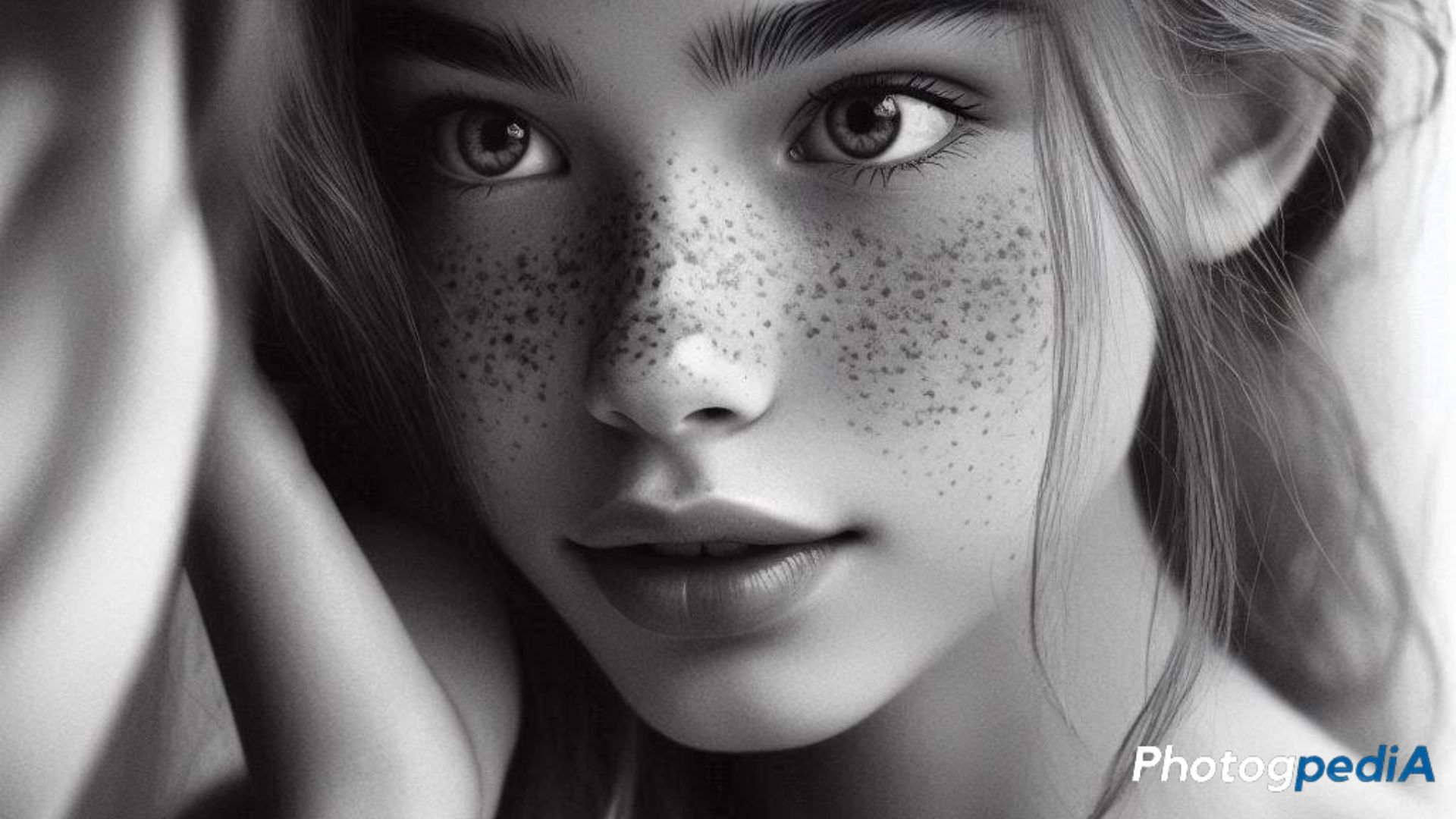
Portrait photography can be transformed with mirrors, allowing for various creative techniques:
- Depth in Self-Portraits: To add depth in self-portraits, mirrors can be used to capture multiple angles or reflections of yourself, resulting in a layered effect. This technique is particularly effective for creating a haunting or contemplative mood.
- Double Exposure Effects: Positioning two mirrors can give the impression of multiple figures or faces within one frame, perfect for creating surreal compositions. When positioned carefully, this setup can give the illusion of multiple figures or even duplicate facial features, adding a surreal element to your composition. This effect is ideal for more abstract or artistic portraits, where the goal is to evoke emotion or curiosity.
- Artistic Close-Up Shots: Using smaller mirrors, you can frame individual features, like an eye or a hand, creating a unique perspective in portrait photography.
Landscape Photography Ideas with Mirrors
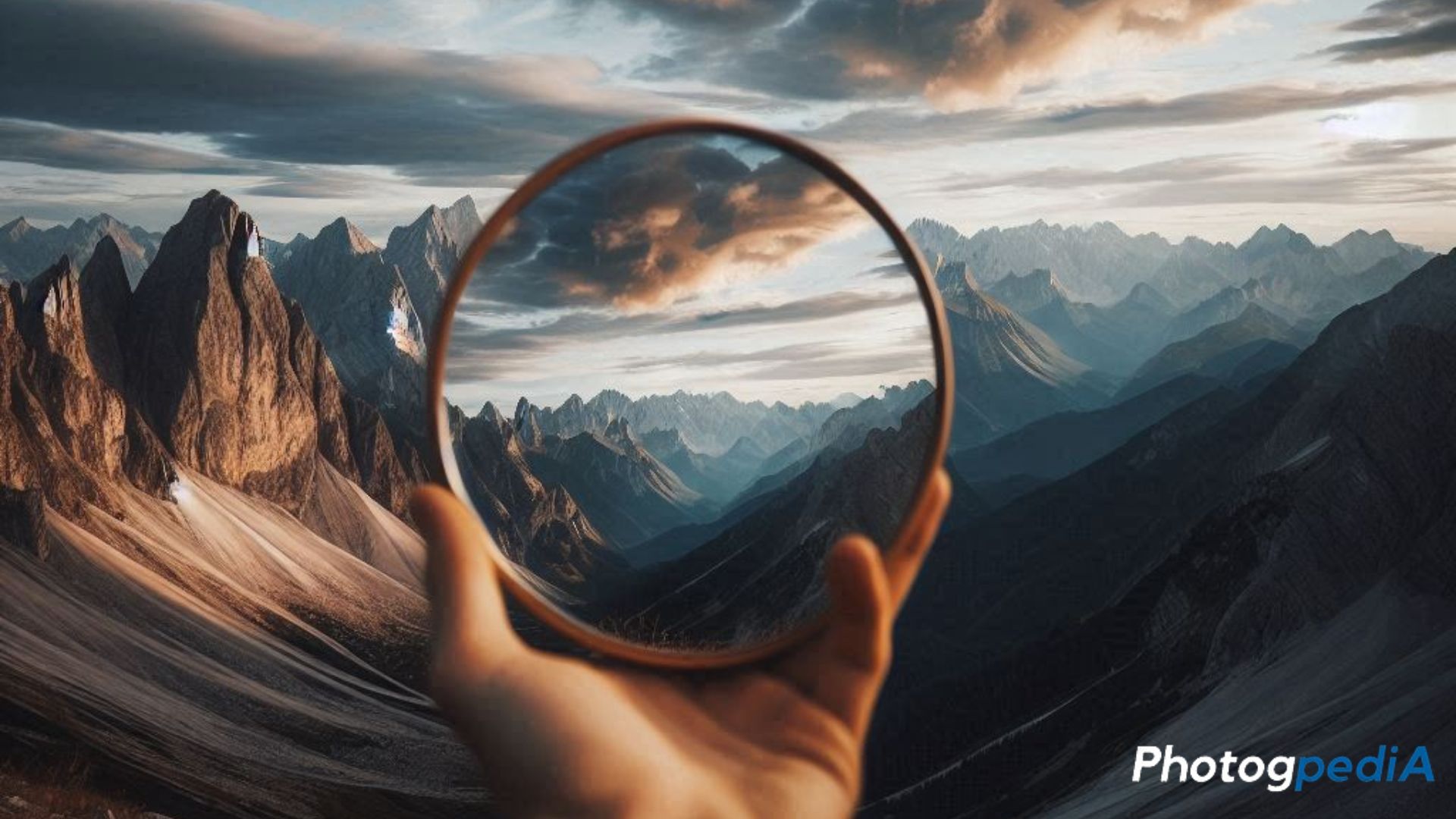
Using mirrors in landscapes may sound unusual, but it creates stunningly unique images.
Creating surreal reflections is one way to elevate your landscape shots with mirrors. By placing a mirror against elements in nature—like the sky, water, or greenery—you can capture a piece of the landscape from a new angle. This technique shifts the perspective, creating an otherworldly visual that plays with the viewer’s sense of reality.
Using mirrors to play with natural light is another effective technique. Mirrors naturally catch and reflect light in mesmerizing ways, especially at sunrise or sunset. When positioned to reflect the golden hour light, they add a soft, dreamy quality to your landscape photos that enhances their warmth and depth.
Finally, you can alter outdoor scenes by using a handheld mirror in unique ways. Placing a mirror among rocks or flowers and angling it to reflect distant elements like mountains or the horizon can distort the scene just enough to invite curiosity. This simple twist gives a familiar landscape an unexpected and artistic edge.
Abstract Photography Ideas Using Mirrors
For abstract photographers, mirrors are like a playground of endless possibilities.
One way to get creative is by using mirrors to reflect patterns and textures. By carefully positioning a mirror to capture particular elements—like tiles, leaves, or shadows—you can form striking geometric patterns within the frame. This technique is especially effective for creating layered visuals that feel both complex and meticulously crafted.
Another approach is to play with color blocks and distortion. Placing mirrors in front of bold-colored backgrounds or fragmented materials can produce a distorted reflection that challenges the viewer’s sense of reality. For instance, placing colored paper or fabric in the background can create sections of intense color within the mirrored frame.
Finally, mirrors are excellent tools for reality distortion. With clever angles, you can stretch, bend, or multiply elements in your frame, transforming real objects into dream-like abstractions.
Fashion Photography Ideas with Mirrors

Mirror techniques in fashion photography have an impactful result.
Playing with angles is an exciting way to use mirrors. By experimenting with reflective surfaces at different angles, you can introduce dynamic movement and complexity to your fashion shots. For example, I once angled a mirror to capture a model mid-twirl. The result – a fluid effect that made the garment appear to dance. This approach not only highlights the clothing but also adds energy to the photograph.
Additionally, using large mirrors can provide a 360-degree view of the model, enriching the storytelling aspect of fashion photography. I’ve found that placing a model in front of a large mirror allows viewers to see the outfit from multiple perspectives within a single frame. This technique not only enhances the visual narrative but also invites the audience to appreciate the fashion piece in its entirety. These fashion photography ideas with mirrors can significantly enhance your portfolio, transforming standard shoots into visually captivating experiences.
Interior Photography Ideas with Mirrors
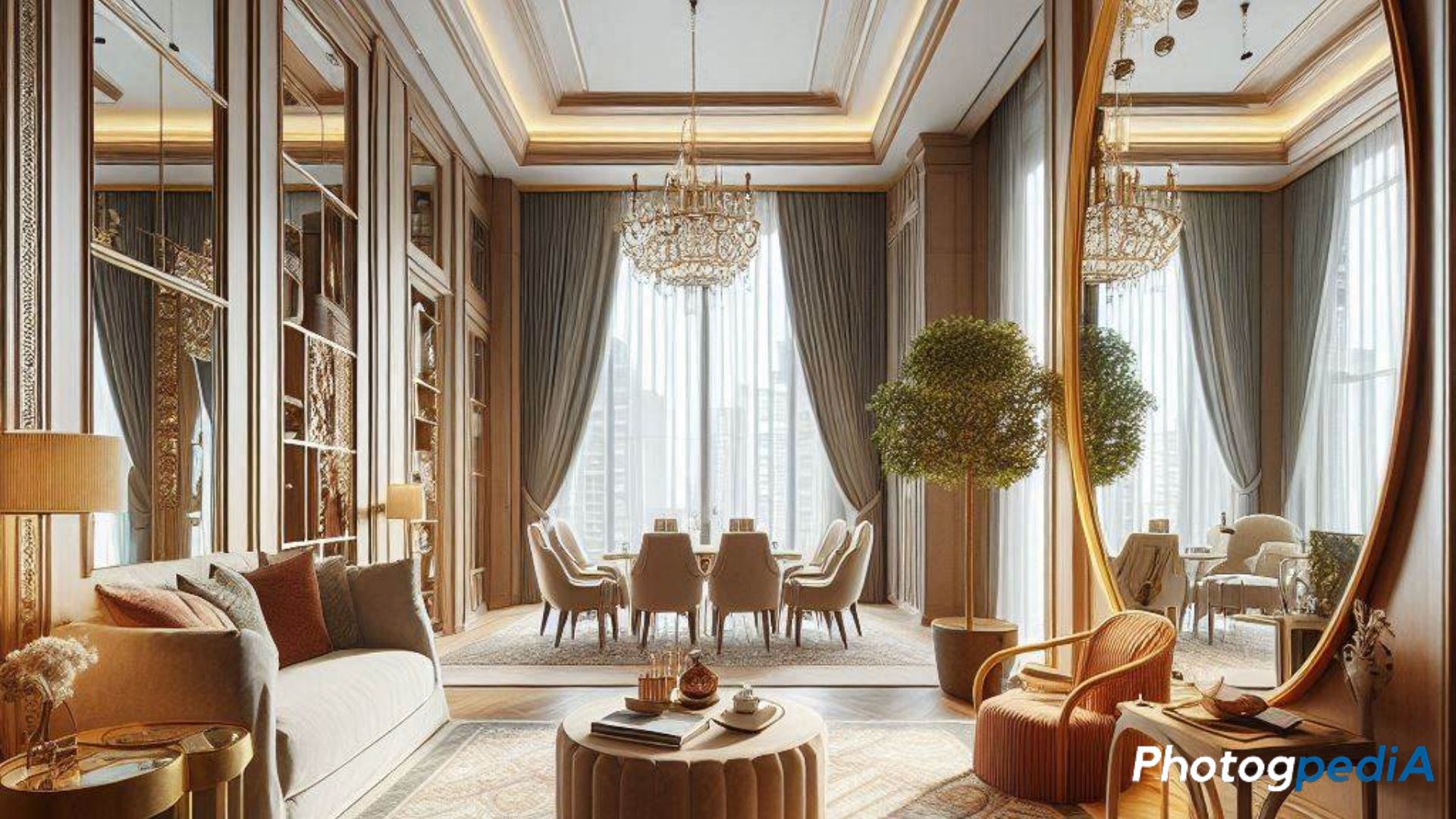
One of the primary advantages of using mirrors in interior photography is their ability to expand spaces visually. When you place a mirror against a wall or in a corner, it reflects the surroundings. This makes the area appear much larger than it actually is. This is particularly helpful in smaller rooms where capturing the full essence of the space is essential. In my recent shoot, a well-placed mirror reflected a view of the living area, giving the impression of a grander, more spacious layout.
Moreover, mirrors are perfect for highlighting symmetry and architectural features. By positioning mirrors to capture specific design elements, you can emphasize the balance and beauty of a room. For instance, I once shot an elegant dining room where I placed a mirror directly opposite a beautifully designed chandelier. The reflection not only showcased the chandelier but also highlighted the dining table and chairs.
Additionally, mirrors work wonders for reflecting light in small spaces, which often suffer from limited natural light. This amplified the available light, making the interior feel brighter and more inviting.
Mirror Photography in Street Photography
One of the most exciting aspects of using mirrors in street photography is the ability to capture candid moments. By positioning your camera to reflect scenes in unexpected places—like shop windows, car side mirrors, or even restaurant glass doors—you can document the spontaneity of urban life creatively. In one instance, I noticed a group of friends laughing while looking into a store window. I captured their reflection, which added an element of surprise and intimacy to the shot. This showcased genuine emotions in a busy environment.
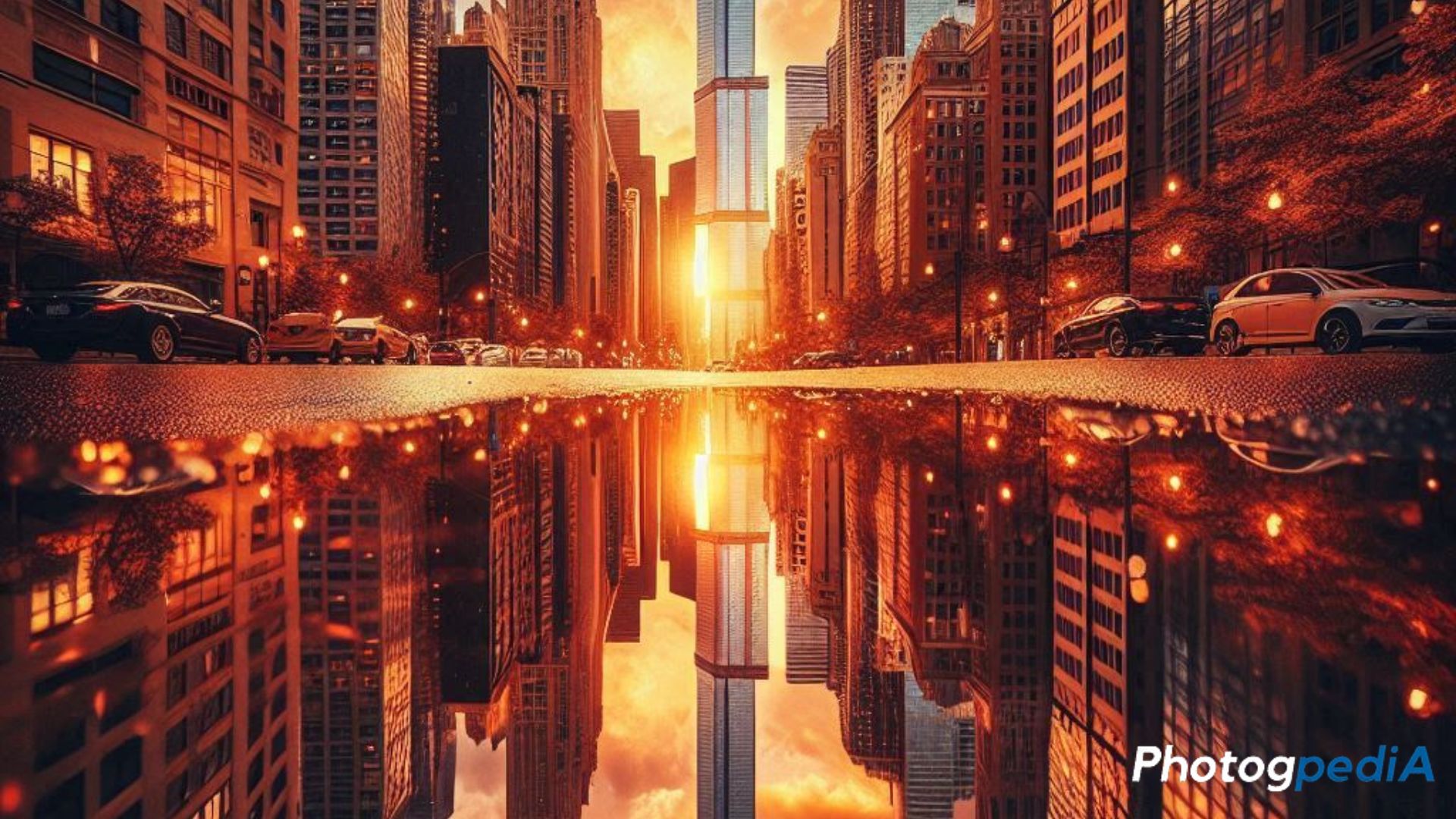
Additionally, reflective surfaces found in urban settings, such as puddles or polished metal, can be utilized to convey the city’s energy. After a rain shower, I spotted a puddle on the sidewalk that perfectly mirrored the vibrant skyline. I was able to create a striking composition that highlighted the city’s dynamic atmosphere. This technique not only adds interest but also invites viewers to engage with the image on multiple levels.
Moreover, using mirrors and reflective surfaces in street photography adds layers to the narrative of city life. Reflections provide a glimpse into the everyday happenings around us, giving viewers a deeper look into the bustling streets. For example, while photographing a busy intersection, I used a reflective surface to capture the movement of pedestrians and cars. This created a rich mixture of urban life that felt alive and layered.
Conclusion
Mirror photography is a remarkable technique that invites photographers to explore new dimensions and perspectives. With mirrors, ordinary scenes take on a new life, infused with depth, mystery, and artistry.
About the Author
Hi, I’m Mark – an amateur photographer that first started in 2020. I particularly capture action figures in miniature settings and dioramas. You can follow more of my work at the following social media channels:
- Instagram – iselandmarkventures
- Facebook – iselandmarkventures
- YouTube – The Iselandmarkventures

